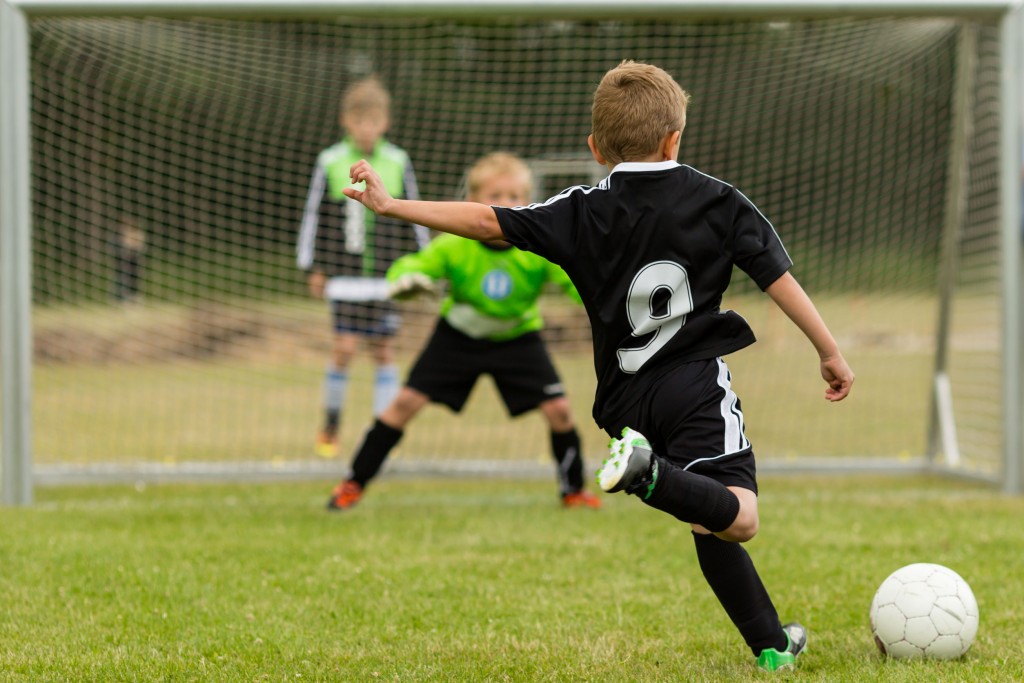- The Universal Language of Sports: Tales of a doctor who’s been there and back - March 28, 2016
- 3 reasons to be wary of excessive exercise in children and adolescents - March 6, 2016
- The Ugly Truth About Chronic Traumatic Encephalopathy - February 17, 2016
Injuries among children and adolescents due to excessive recreational exercise continues to grow dramatically. The presentation overuse syndromes is now affecting younger athletes, as they take part of these activities at younger ages.
Most common causes of injuries in children
The pediatric population is at increased risk for various injuries during sports participation. There are multiple reasons:
• Inadequate techniques while performing specific maneuvers as part of the sports discipline being practiced.
• Lack of physical preconditioning due to the growing demand and frequency of games.
• Ignoring the worst symptom any child could present…PAIN! This complaint is underestimated in children, as both the parents and participant succumb to the pressure brought on many occasions by their coaches and peers. This is by far, the most common mistake I see in my practice.
Why the children?
Unfortunately, today’s children and youth do not engage in as much physical activity on a daily in comparison to their parents or grandparents when they were younger. The activities of daily living are becoming more passive and sedentary. At the time of undergoing a sudden increase exercise, the lack of training is a prelude to the greater frequency of these musculoskeletal injuries.
The bones in children and adolescents are constantly growing. The origin of these bony changes occur in the “growth plates”. These are vulnerable areas, not fully fused to the rest of the bone.
Parents, watch for these three conditions!
Little League elbow
Osgood- Schlatter disease
Sever’s Disease
Also known as calcaneal apophysitis, the pain is usually at the bony structure located at the back foot or heel. Typical symptoms include pain at the heel (from performing repetitive and intense physical activity). Sometimes, repeated calf stretching with a strong Achilles tendon can induce too much friction at the heel (where the growth plate is), causing inflammation and hence the pain. This happens especially in children between the ages of 7-15.
Early detection of overuse injuries in children and teenagers is important. Direct parental supervision during these recreational sports activities is crucial to control the amount and intensity of the exercises. If these symptoms occur, the patient should have complete rest while using anti-inflammatory medication after proper evaluation by a musculoskeletal specialist. A physical therapy regimen usually proceeds after resolution after resolution of symptoms in order to prevent recurring episodes during the growth spurt span. Parents and coaches should not rush the young athlete to get back in action, the symptoms should completely resolve before a return to play protocol is initiated.
